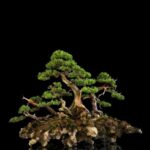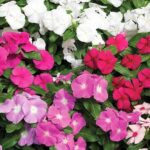Bonsai trees are a form of art, carefully crafted and shaped into unique and aesthetic forms. But what are Bonsai trees, and what is the significance of their various styles? Let’s explore the fascinating world of Bonsai together!
1 What is a Bonsai Tree?
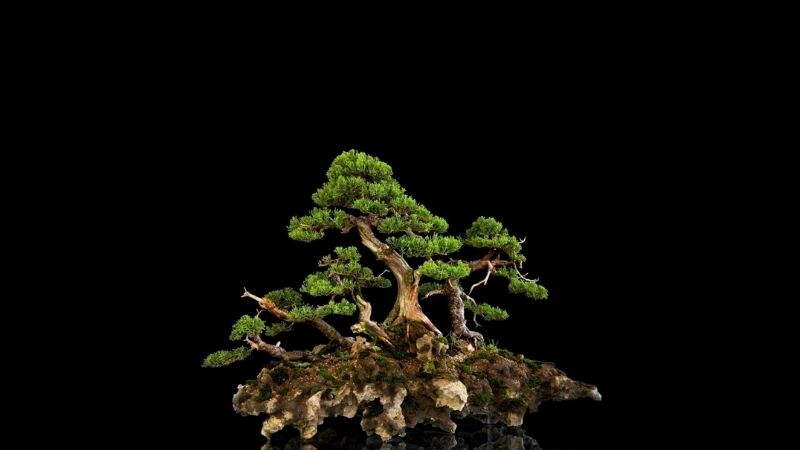 What is a Bonsai Tree?
What is a Bonsai Tree?
Bonsai trees are a unique form of art, combining horticulture and sculpture. These trees are grown in pots or trays and meticulously shaped through a special technique, resulting in a blend of ancient and artistic elements.
Skilled artisans transform Bonsai trees into living artworks or living sculptures, showcasing their expertise and attention to detail.
2 The Feng Shui Significance of Different Bonsai Styles
Tam Da Bonsai Style
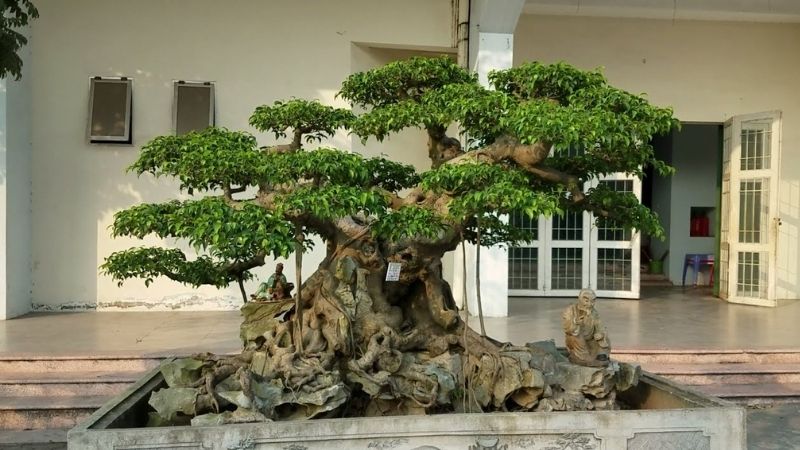 Tam Da Bonsai Style
Tam Da Bonsai Style
The Tam Da style features two branches with one peak (or three trunks from a shared root), forming a harmonious and rounded shape reminiscent of a lucky fruit dish. Today, the branches and peaks are styled more freely, with a natural and flexible approach while retaining the fundamental structure.
Tam Da symbolizes ‘Da Phuc’ (many children), ‘Da Loc’ (abundance of wealth), and ‘Da Tho’ (longevity) – ancient aspirations that still hold value today.
Thac Do Bonsai Style
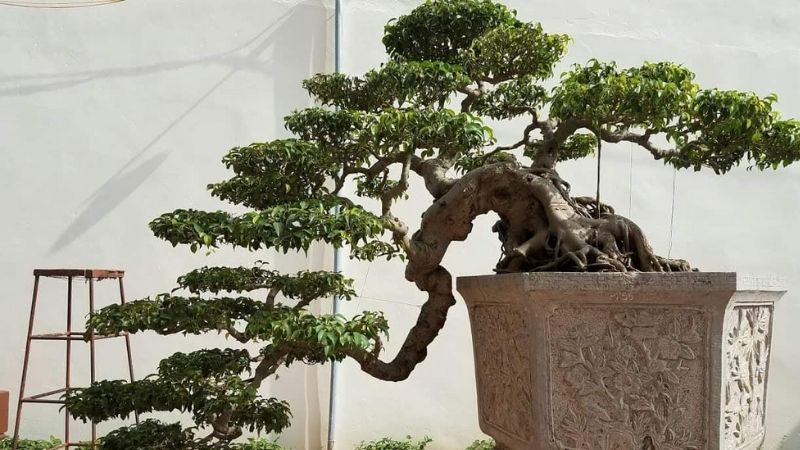 Thac Do Bonsai Style
Thac Do Bonsai Style
True to its name, the Thac Do style resembles a mighty waterfall cascading down a mountain. This style features a low-lying tree with a sprawling canopy that extends downward from the trunk, evoking the image of a flowing waterfall.
The Thac Do style conveys a sense of graceful strength and resilience, representing the power of nature and the relentless pursuit of growth.
Ngu Phuc Bonsai Style
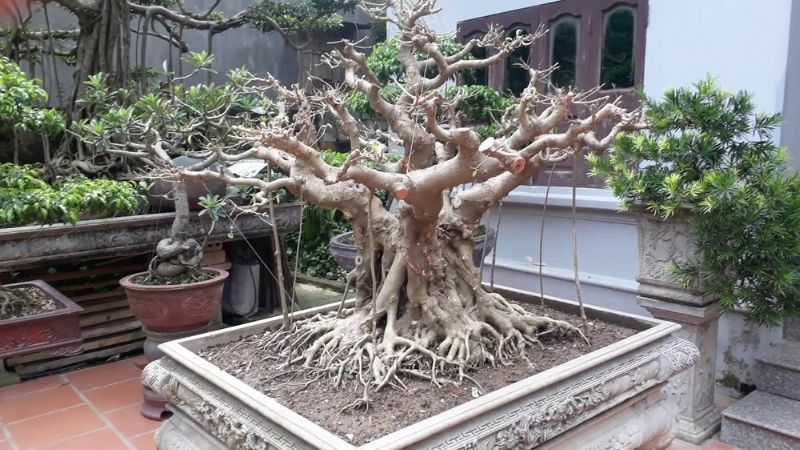 Ngu Phuc Bonsai Style
Ngu Phuc Bonsai Style
The Ngu Phuc style showcases five elements: one trunk with five canopies (four branches and one canopy) or one root with five trunks. This style is designed to resemble a mountain forest, with each tree featuring a distinct shape, including standing, leaning, or lying positions. The trees vary in size, creating a harmonious and captivating landscape.
Ngu Phuc symbolizes the five blessings of ‘Phuc’ (blessings), ‘Loc’ (wealth), ‘Thọ’ (longevity), ‘An’ (peace), and ‘Khang’ (health). It is a popular choice for those seeking to invite these blessings into their homes.
That Hien Bonsai Style
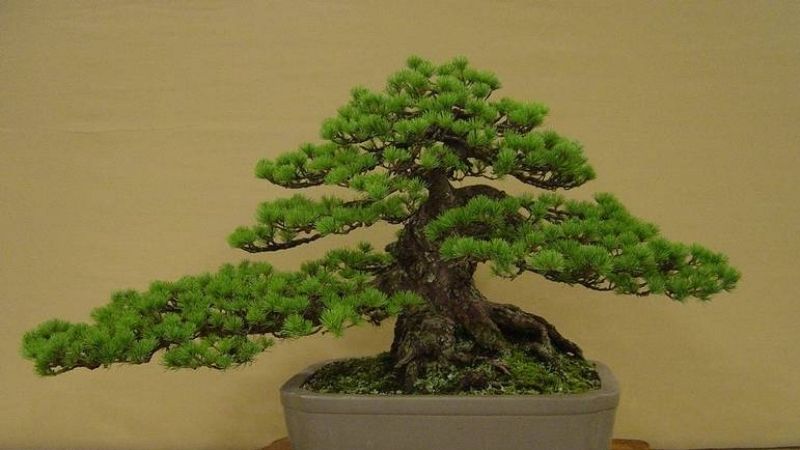 That Hien Bonsai Style
That Hien Bonsai Style
The That Hien style features one main trunk with seven branches arranged in a staggered pattern, gradually increasing in size from the peak to the root. It symbolizes the seven wise and carefree sages.
This style conveys a message of optimism and detachment from worldly concerns, reflecting a life unburdened by fame and fortune.
Dai Truong Phu Bonsai Style
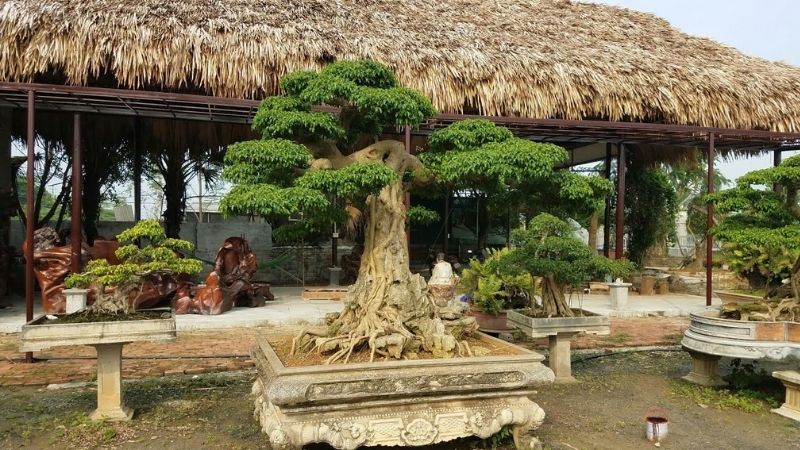 Dai Truong Phu Bonsai Style
Dai Truong Phu Bonsai Style
The Dai Truong Phu style exudes strength and stability with its tall, sturdy trunk, robust branches, and lush foliage. The tree’s vigorous roots and upright posture symbolize a noble and heroic figure.
This style embodies the qualities of a true gentleman: honesty, integrity, chivalry, and excellence in both literary and martial arts. It inspires respect and admiration while reflecting a willingness to lend a helping hand.
Song Thu Bonsai Style
Song Thu Bonsai Style
Song Thu, or ‘twin trees,’ features two trees intertwined around a shared root. They embrace each other, symbolizing a protective and nurturing relationship akin to that between a parent and child, husband and wife, or close friends.
Long Chau Ho Phung Bonsai Style
 Long Chau Ho Phung Bonsai Style
Long Chau Ho Phung Bonsai Style
The Long Chau Ho Phung style is a favorite among bonsai enthusiasts, requiring meticulous craftsmanship from the artist. It depicts a dragon and a tiger, symbols of power and majesty, in a respectful and harmonious pose.
Achieving this style demands a careful selection of trees and branches, along with a rigorous care regimen.
Dai Lam Moc Bonsai Style
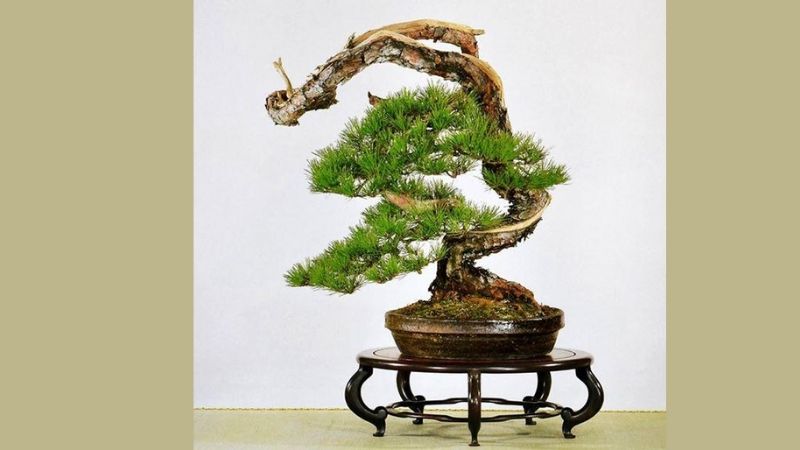 Dai Lam Moc Bonsai Style
Dai Lam Moc Bonsai Style
As the name suggests, the Dai Lam Moc style resembles a forest, with trees of varying heights and sizes arranged to create a natural and artistic landscape. The presence of moss and undergrowth adds to the authenticity and beauty of this style.
This style symbolizes longevity and family unity, evoking the image of a thriving and diverse forest with old and young trees standing together.
Bat Phong Bonsai Style
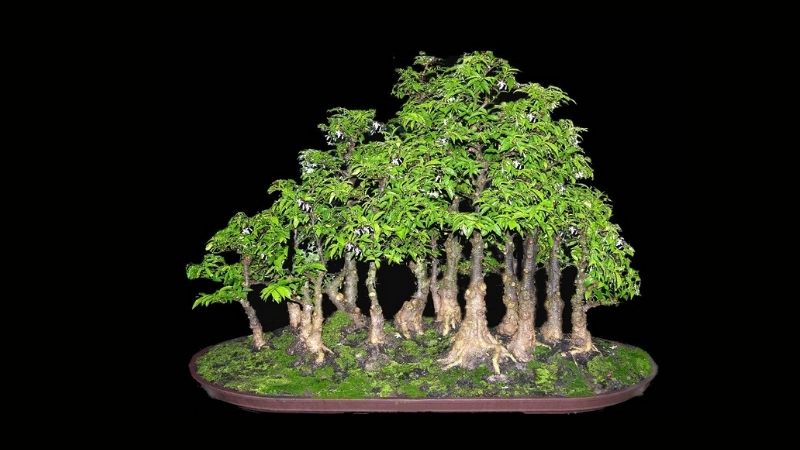 Bat Phong Bonsai Style
Bat Phong Bonsai Style
The Bat Phong style is characterized by a tree bent backward in a semi-circular shape, resembling a strong wind blowing against it.
This style conveys resilience and strength in the face of adversity, symbolizing the determination to overcome any challenge.
Tien Nu Bonsai Style
 Tien Nu Bonsai Style
Tien Nu Bonsai Style
The Tien Nu style captivates with its delicate and graceful appearance. The tree’s slender trunk and branches curve gently, resembling the enchanting silhouette of a fairy.
This style embodies ethereal beauty, elegance, and nobility, inspiring admiration and reflecting a life of purity and refinement.
We hope that this exploration of Bonsai styles and their Feng Shui significance has enriched your understanding and appreciation of these miniature trees. May you find the perfect Bonsai tree to bring beauty and positive energy into your home!
Shui Significance of Different Styles.’>What is a Bonsai Tree? Understanding the Feng Shui Significance of Different Styles.
The bonsai tree is an iconic and beloved feature of the world of horticulture and gardening. With its intricate beauty and unique appeal, it has captivated the hearts of many enthusiasts worldwide. Today, we delve into the fascinating world of bonsais, exploring their allure and the reasons behind their enduring popularity.
The Ultimate Taboo in Front Door Feng Shui: A Family’s Unity Hangs in the Balance, Go Check Yours Now!
 Feng Shui: A Family’s Unity Hangs in the Balance, Go Check Yours Now!’>
Feng Shui: A Family’s Unity Hangs in the Balance, Go Check Yours Now!’>The front door is one of the most important features in the home, and its placement and design can have a significant impact on the energy and harmony of the household. According to Feng Shui principles, there are certain taboos regarding the main door that, if ignored, can lead to disharmony and even misfortune for the occupants. It is believed that by adhering to these principles and avoiding common mistakes, homeowners can promote a sense of unity and enhance their overall well-being.
The Sun-Loving, Drought-Tolerant Blooms that Shine Brighter than 300 Days a Year and Take Root in Just a Month
This wondrous flower is a true marvel, gracing us with its vibrant blooms for over 300 days a year. But that’s not all – it boasts an extraordinary resilience to the sun and drought. And what’s more, it has an incredible capacity to take root and thrive; simply stick a cutting in the ground, and within a month, it will have taken hold and be flourishing.

























